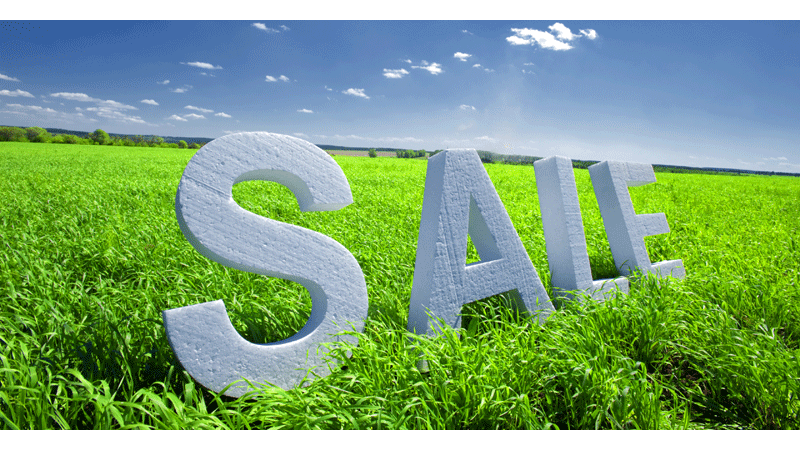Trees don’t know it’s a recession
Published 8:11 am Wednesday, June 17, 2009
Recently the economy has had an historic downturn, leaving many people unsure about their financial future, and causing forest landowners to reassess their woodland management decisions.
Economists remind us that the forest products market is historically cyclical and most experts are positive that the market will improve; the uncertainty remains in exactly when it will recover. Even during a downturn in the market cycle, your trees are growing and increasing both your timber value and the overall value of your property.
This article outlines suggestions for retaining and improving value during these unfavorable market conditions.
1. Reforestation: Current market conditions should not necessarily prevent a decision to invest in proper reforestation following a final harvest.
In addition to the anticipated improvement of traditional markets, there is a burgeoning interest in alternative wood products and speculation of new wood consuming facilities being constructed in the US. markets for forest carbon credits, wood pellets as an alternative to coal, and fuel wood to energize electrical power plants are expected to increase the diversity of the wood products market in the next 10 to 15 years. We believe the cost of reforestation is still a sound investment with the expected future value of timberland.
2. Forest health and value: Protecting forest health and growing value are key objectives for management of established timberland. With market prices for higher valued sawtimber products at a low point, many landowners make the mistake of doing nothing until the market improves.
In actuality, forest management projects such as thinning or timber stand improvement are activities that should go on even during poor market conditions. Thinning can offer a reduction in forest health risks (such as wildfire, insect damage, disease or significant mortality due to its age or composition) and, when done properly, can significantly improve the future value of the timber. If a thinning is done during a poor market, the perceived loss in value is usually offset by the value gained from increased tree growth and improvement in forest health. A consulting forester can assist you in evaluating these options and also ensure that objectives are being met by monitoring the operation when it is active.
3. Property Maintenance: The old adage ‘an ounce of prevention is worth a pound of cure’ can be applied to the general maintenance of a landowner’s property. Landowners may want to invest in a few activities to potentially save them additional costs in the future. Maintaining access roads, drainage ditches, culvert crossings and boundary lines can be relatively inexpensive when compared to restoration costs if these items are not properly maintained.
Maintained access roads that are gated or otherwise closed off prevents trespass illegal dumping, and can improve the attractiveness of your timberland to a prospective buyer. Beaver activity can escalate quickly and cause damage by girdling or flooding timber.
Well marked boundary lines help prevent inadvertent timber trespass and possible future disputes regarding timber ownership. At a minimum you should have a consultant inspect your property to insure everything is OK.
A consulting forester can offer guidance, help keep you focused on your long-range plans and accomplish the goals you set for your property.
During this time of uncertainty, consult with a forestry expert to gain peace of mind about your management, investment and harvest decisions.





